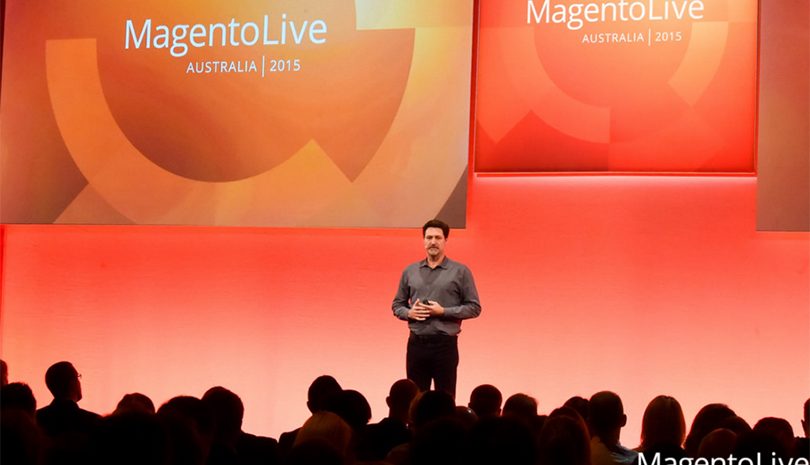Magento partners with Amazon Web Services

This week Magento Commerce is hosting its annual conference, Imagine 2016, in Las Vegas. Following being spun off from eBay in November 2015, this is Magento’s first conference as a private company owned by global investment firm, Permira. Here is our wrap up of what’s new from the e-commerce provider.
Magento partners with Amazon Web Services on cloud offer
This week Magento announced the availability of Magento Enterprise Cloud Edition, a Platform-as-a-Service (PaaS) environment for its flagship Magento 2.0 digital commerce platform.
“Historically Magento has always been on-premise software. We have a open source version of it which is free, and we’ve also always had an enterprise version which is a paid version,” Peter Sheldon, head of strategy at Magento Commerce, told Internet Retailing.
The Magento Enterprise Cloud Edition means merchants can come directly to Magento for software as well as the cloud hosting for one contract and one price.
“This is very, very important for a lot of retailers, it allows them to not have to worry about the headache of servers or the maintenance and up time. They know that contractually we have all of that covered and that it’s our responsibility. So it frees up the merchant to focus on what they are good at which is merchandising and innovating the customer experience,” Sheldon said.
Magento Enterprise Cloud Edition runs on Amazon Web Services (AWS) Cloud.
“Magento Enterprise Cloud Edition defines the post-SaaS commerce platform era. It’s a first-of-its-kind in-market solution and a major differentiator in the broader Magento product portfolio,” said Mark Lavelle, CEO of Magento Commerce. “With this new platform running on AWS, we ensure that our merchants have the agility to respond to a rapidly changing environment, can continuously deploy innovations, easily scale to meet unexpected demand and don’t have to worry about the day-to-day management of infrastructure.”
Magento Marketplace returns
Magento Marketplace is back, with rules. Essentially Magento will now vouch for extensions on the marketplace, similar to Apple’s app store, ensuring they meet Magento’s standards and there are no duplicates on the marketplace.
The Magento Marketplace introduces a new vetting process that includes a technical, marketing and business value review, which ensures that merchants only buy high quality technologies from the most trusted developers in the Magento ecosystem.
Magento 2.1 features
Magento 2.0 was announced in November 2015 and the first quarterly update for the platform includes:
- Staging and preview functionality – this feature allows merchants to schedule and preview what their site will look like in the future for certain users to better manage marketing and merchandising campaigns.
- Upgrading search capabilities – to provide more relevant search results.
- Better support for PayPal – PayPal users can now complete the purchase process without leaving a merchant’s site. In addition, merchants can now enable faster checkouts for repeat purchases by securely saving credit card information for customers with PayPal.
“We’re seeing incredible market interest in our next generation Magento 2 platform,” said Steve Yankovich, chief product officer of Magento Commerce. “In the few months since its release, we’ve already seen nearly 230,000 downloads of the software and over 800 sites live on the new platform. That is greater traction than most of our competitors see in five years.”
Comment Manually
You must be logged in to post a comment.

No comments